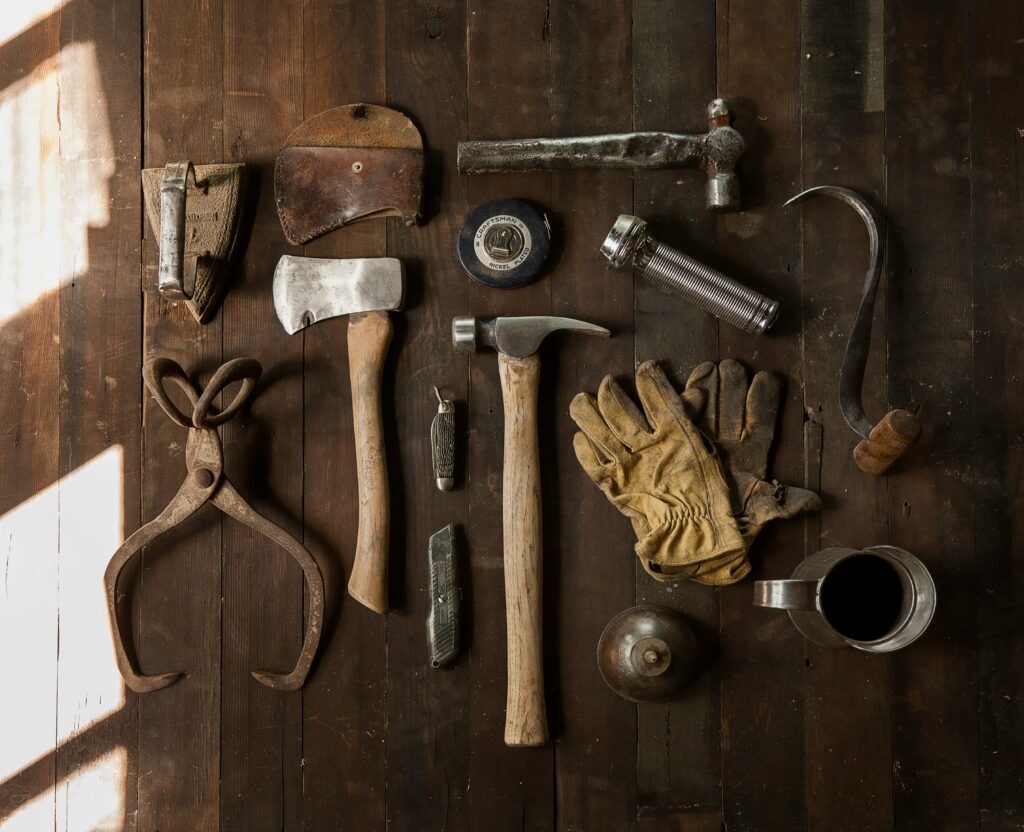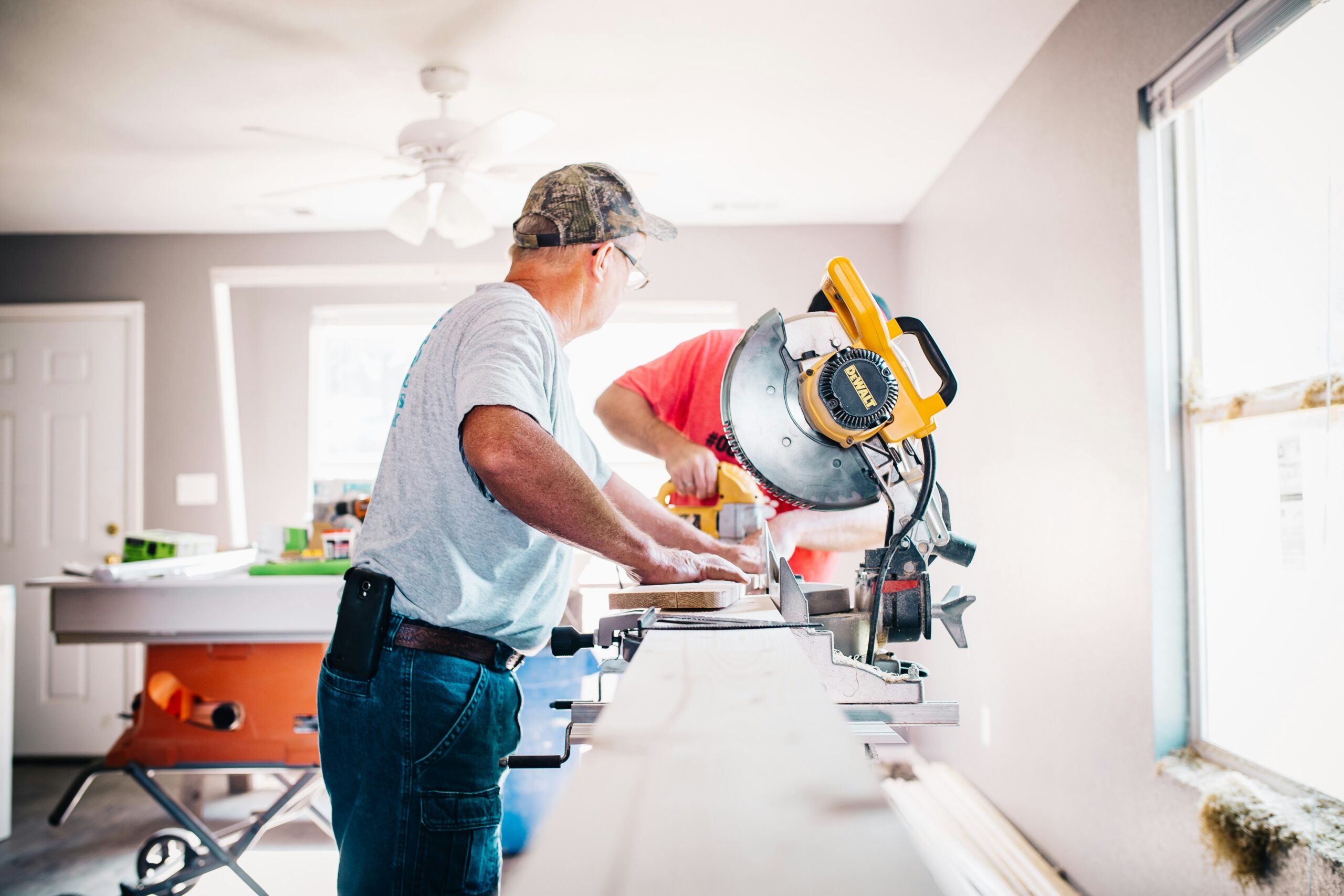For those with naturally nimble fingers and ambitious ideas about home design, DIY can be an incredibly liberating (and cost-effective) hobby. DIY projects are not only potentially enjoyable but give you the opportunity to learn valuable new skills and add to the value of your property. That’s only, however, if all goes to plan. Because there are hundreds of DIY horror stories online of home-owners who were unprepared and ended up hurting themselves for no good reason. Safety must always come first and with that in mind, here are the top safety tips all fledgling DIY enthusiasts should follow.
Wear Proper Gear
A safe DIY project always starts with the gear but the gear is always going to depend on the task at hand. For renovation work, for example, consider investing in durable safety boots to protect your feet from heavy objects or sharp tools. Eye protection is equally important; safety glasses can shield your eyes from flying debris when cutting, sanding, or drilling. Don’t forget about protective head-gear either when working in any situation where accidental falls or heavy falling items could occur.
Maintain Your Tools
Using damaged or malfunctioning tools not only compromises the quality of your work but makes accidents more likely. Always ensure that all tools and equipment are in good working condition before starting your project. If you’re working on a ladder, meanwhile, triple-check that it is stable and there are no broken or wobbly rungs. Some of the most significant injuries can happen when working on a ladder so there’s no such thing as being too careful.

Only Take on Tasks You Can Handle
Always recognise and respect your limits when it comes to DIY. If you’re uncomfortable with heights, it might be wise to avoid tasks that require working on a ladder or roof, as a sudden spell of vertigo could end in disaster. Always consider your skills and experience before taking on complex tasks too, considering hiring professionals if it feels like it’s beyond your reach.
Read the User Manual
While the internet has created a world where we all think we know everything, never underestimate the importance of reading the manual. These manuals, whether physical or digital, are designed to provide information about safe operation, maintenance, and potential hazards and there could be unique quirks to the design of each tool to consider too so don’t assume you know how to use it just because you’ve “used one before”.
Keep a First Aid Kit Ready
Despite all precautions, accidents can still happen so having a well-stocked first aid kit ready to go at all times is essential. Your DIY first aid kit should include bandages, antiseptics, sterile gauze, and scissors at a bare minimum. Knowing basic first aid procedures can also be invaluable in stop-ping minor injuries from becoming major problems and could really help keep somebody calm until professional medical help arrives.
You may also like
The Nursery Makeover | Our Valspar Paint Review
